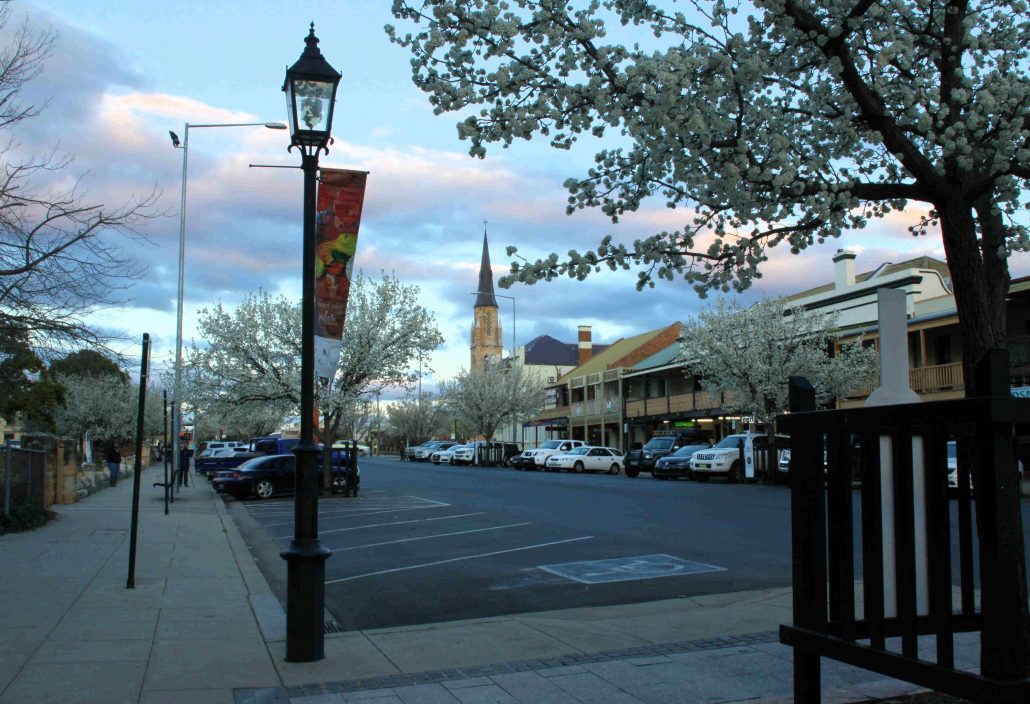The economics of street trees
We all know that trees improve air and water quality, capture and store carbon, provide shade, increase biodiversity, reduce winter temperature variances, reduce average heat wave temperatures and help to minimise stormwater damage.
But scientists and economists are just beginning to appreciate the multiple benefits and economic value that street trees provide in urban environments.
The value returned through improved amenity, reduced electricity consumption, infrastructure durability improvements due to greater shading, ecosystem services, increased property values, reduced heat stress affecting the community, impacts on health (especially cardiovascular health and obesity as tree lined streets encourage an outdoor lifestyle) is starting to be quantified and included in urban planning decisions.

An increase in canopy cover from 20% to 28% reduces air temperature by 4ºC and road and pavement temperatures by up to 14ºC in heat waves.
All these benefits and the value returned increase with increasing canopy cover. This means that when mature, trees have crowns large enough to interact with each other.
So what works best? The bigger the tree the better. A mix of deciduous and evergreen species is best and the more trees the better – regularly and tightly spaced along the street.
A recent report produced by infrastructure firm AECOM, Green Infrastructure, aimed to quantify the financial, social and environmental value of street trees in the Australian context.
The report recognised that while residents benefit most from the advantages provided by street trees, most of the costs and risks are borne by local governments and utility companies. Even with that taken into account, the report found that the net benefits significantly outweigh the underlying costs and a lot of these challenges can be overcome by selecting appropriate species, strategic planting and planning for ‘green infrastructure’ when designing new developments.
And we’re voting with our money – AECOM found that home buyers are prepared to pay a premium to live in green, leafy streets. Across 3 suburbs in the Greater Sydney area analysed for the report, buyers were prepared to pay an average of $50k more for a 10% increase in canopy cover in the street.
So whether we do it consciously or not we are certainly recognising that trees make our urban environments more livable.
Did you know that Mid-Western Council have a Street Tree Planting Policy and Council will supply and plant 2 street trees per urban block with a standard sized frontage? Just drop in to Council and submit a works request or contact Jenny Neely for more information on 6378 2745.
